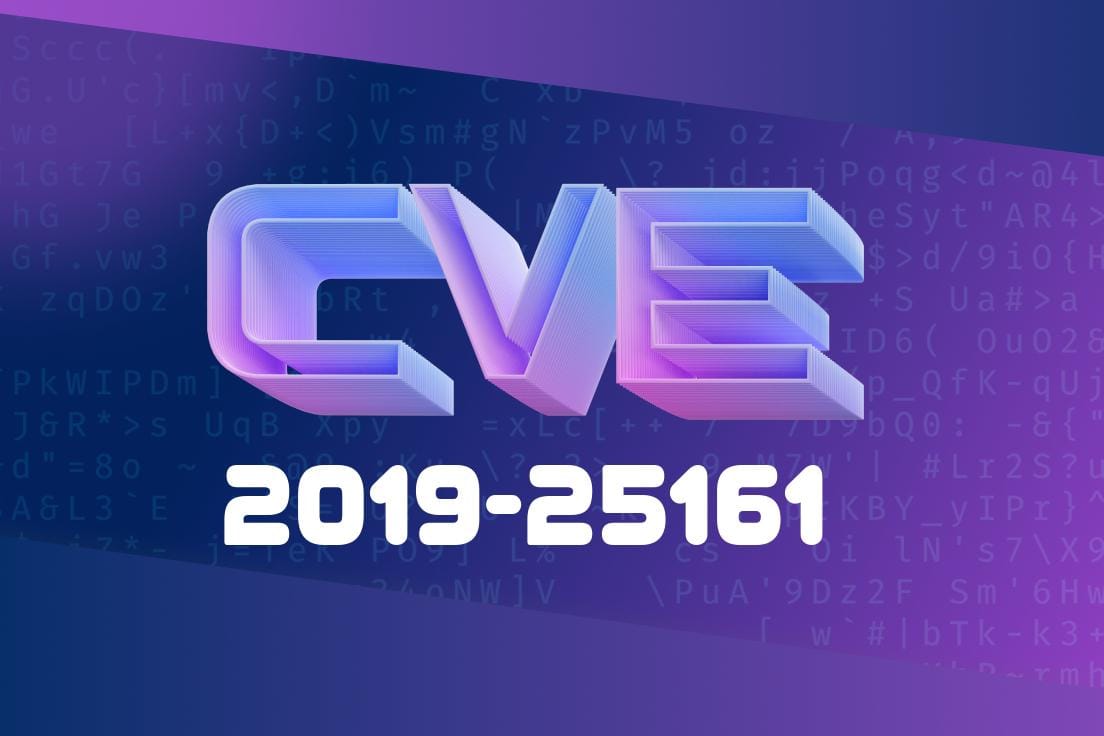Have you ever come across a CVE (Common Vulnerabilities and Exposures) identifier, like CVE-2019-25161, only to find it’s been *rejected or withdrawn*? If you're a developer, security enthusiast, or just curious, let's break down what this means, why it happens, and what you should do if you stumble onto such a case. Even though there’s no exploit here, there’s still something to learn!
What is CVE-2019-25161?
CVE-2019-25161 looked like it was going to track a security bug somewhere in the wild. But if you check the official CVE entry, you’ll see this notice:
> Rejected Reason: This CVE ID has been rejected or withdrawn by its CVE Numbering Authority (CNA). No action is required.
Why Do CVEs Get Rejected?
Vulnerabilities usually get CVE IDs as soon as someone thinks they’ve found a new security issue. But sometimes, after a deeper check, it turns out there’s actually no security problem at all or maybe the same issue got two IDs by mistake. When this happens, these IDs are *rejected*.
What Does the CVE Entry Look Like?
> - CVE ID: CVE-2019-25161
> - Description: REJECTED
> - Notes: This CVE ID has been rejected or withdrawn... No action required.
Do "Rejected" CVEs Ever Have Exploit Code?
No. Once a CVE is officially rejected, it means there’s no confirmed security hole to patch or exploit. You won’t find proof-of-concept or weaponized exploits linked to these IDs. If there’s code referencing a rejected CVE, it might be out of date or a simple coding error.
It can happen, especially with old codebases or automated scanners. For example
# This is a fake example, DO NOT use for detection!
vulnerable_cves = ["CVE-2019-25161"]
if cve in vulnerable_cves:
print("This is a known vulnerability!")
If you see “CVE-2019-25161” in someone's vulnerability database, just know this is outdated info. Good practice is to keep your vulnerability feeds updated with the official ones at cve.org.
Always check official sources
- cve.org – Official details
- NVD - National Vulnerability Database
Should I Worry About CVE-2019-25161?
Not at all.
If you see alerts, reports, or news about CVE-2019-25161, you can safely ignore them. No action is needed unless the CVE is assigned to a real security issue in the future.
References
- CVE Official Entry for CVE-2019-25161
- NIST NVD: CVE-2019-25161
- How are CVE IDs Assigned and Rejected? (CVE FAQ)
In the world of security, not every alert leads to danger. Sometimes, it’s just a case of cleaning up the records. CVE-2019-25161 is a perfect example!
Timeline
Published on: 02/26/2024 18:15:06 UTC
Last modified on: 02/27/2024 10:15:06 UTC
